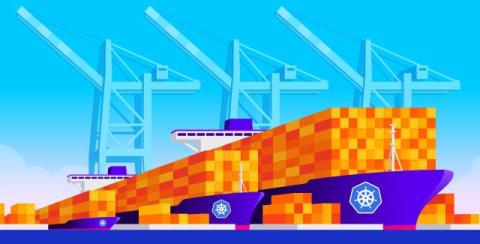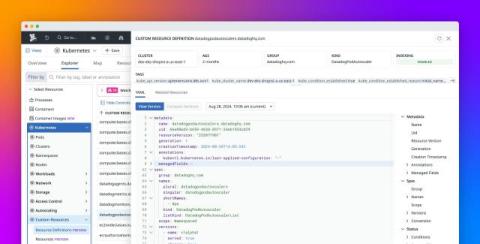4 Takeaways from the SolarWinds State of ITSM Report
The SolarWinds State of ITSM Report has arrived. To uncover key trends, challenges, and practices in today's IT Service Management (ITSM) landscape, we’ve analyzed over 2,000 ITSM systems and more than 60,000 aggregated, anonymized data points spanning 13 months from July 1, 2023, to July 31, 2024. Here are a few things we found interesting.











